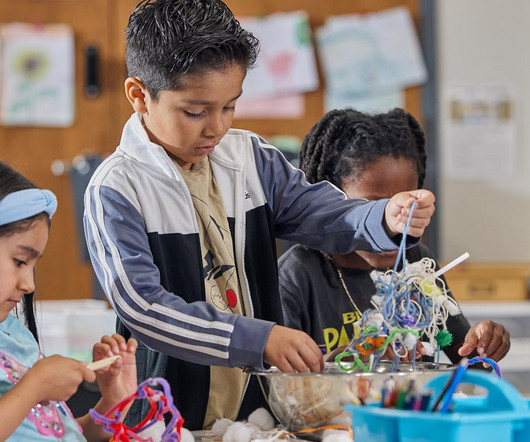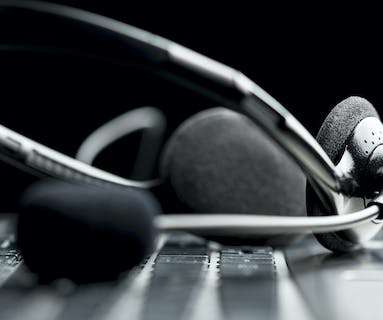How to Bring to Life the Science of Reading
Edsurge
AUGUST 21, 2024
I spoke to Aylynn as part of a visit to Pendergast with my colleagues from Imagine Learning to hear about educators’ and students’ experiences using the Imagine Learning EL (English Learner) Education curriculum. Imagine Learning EL Education is science-backed and heart-driven. Bridging skills connect these processes.












Let's personalize your content